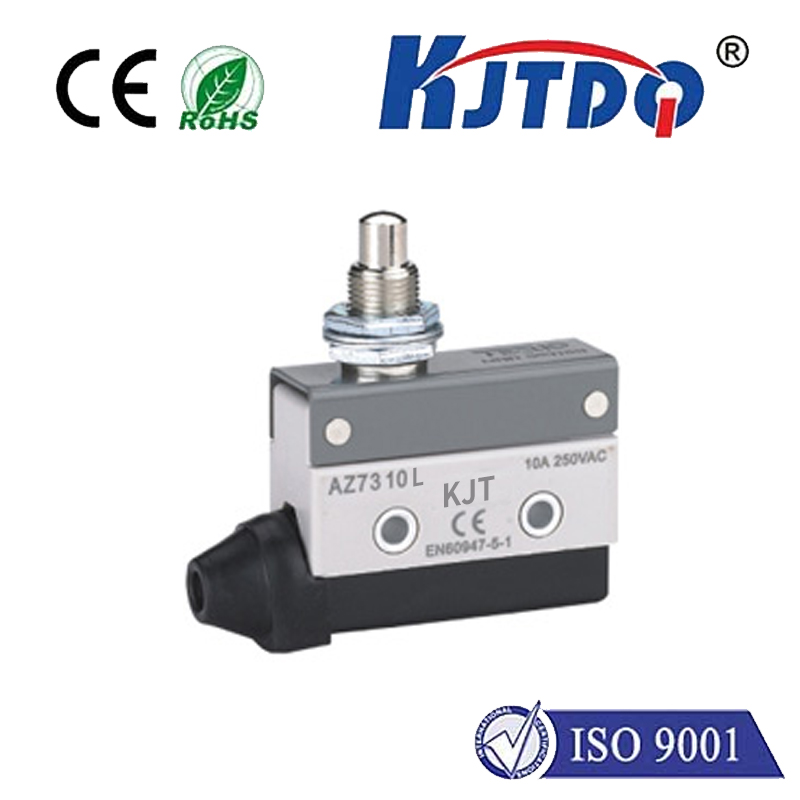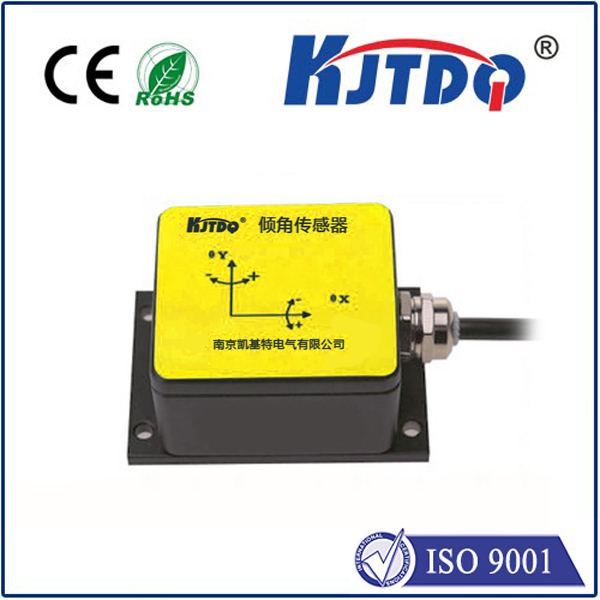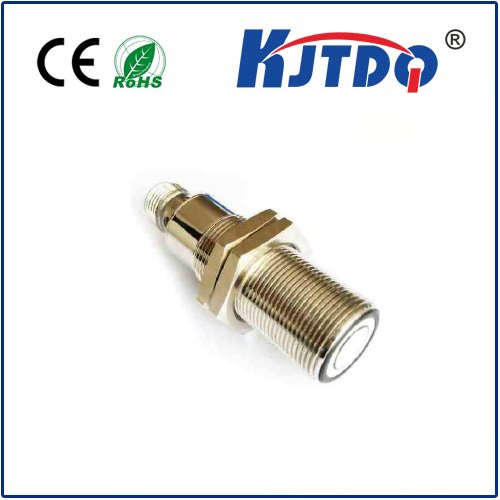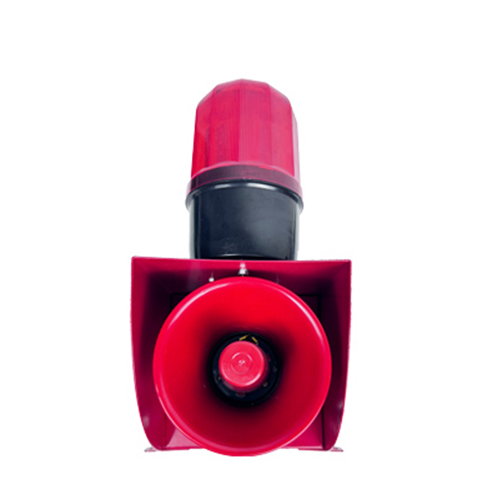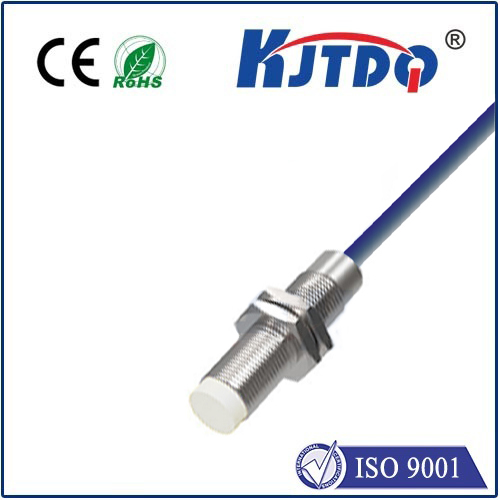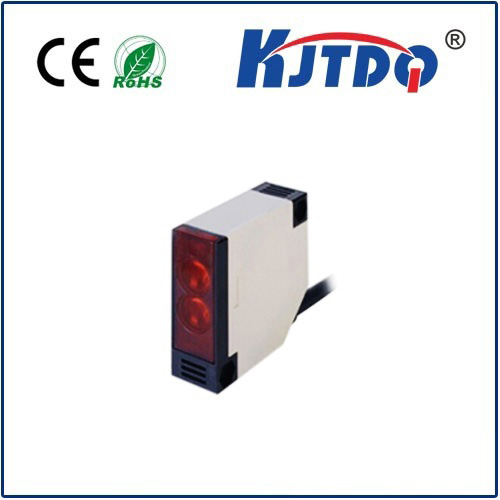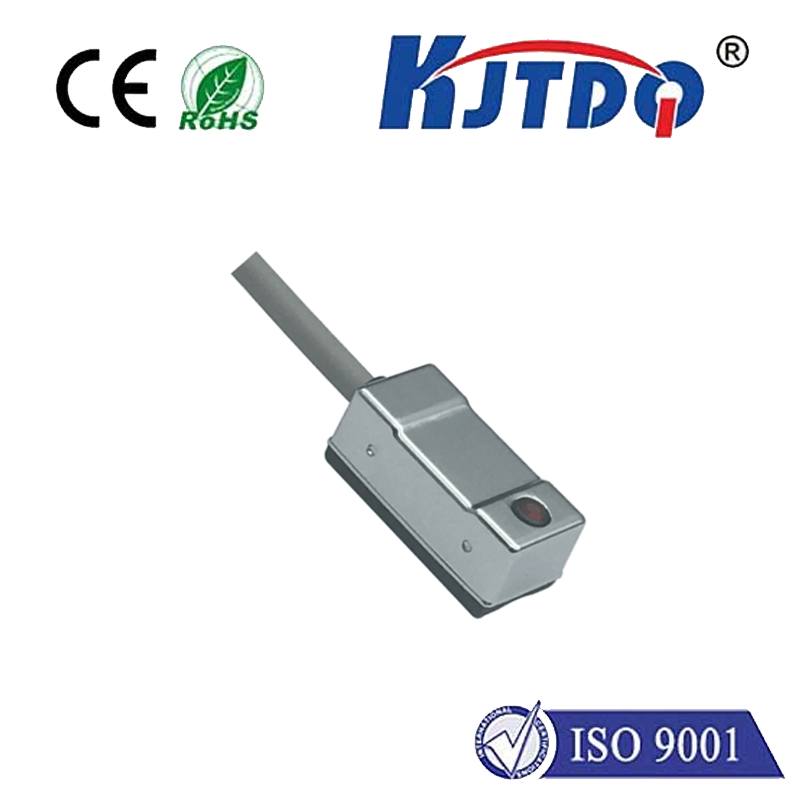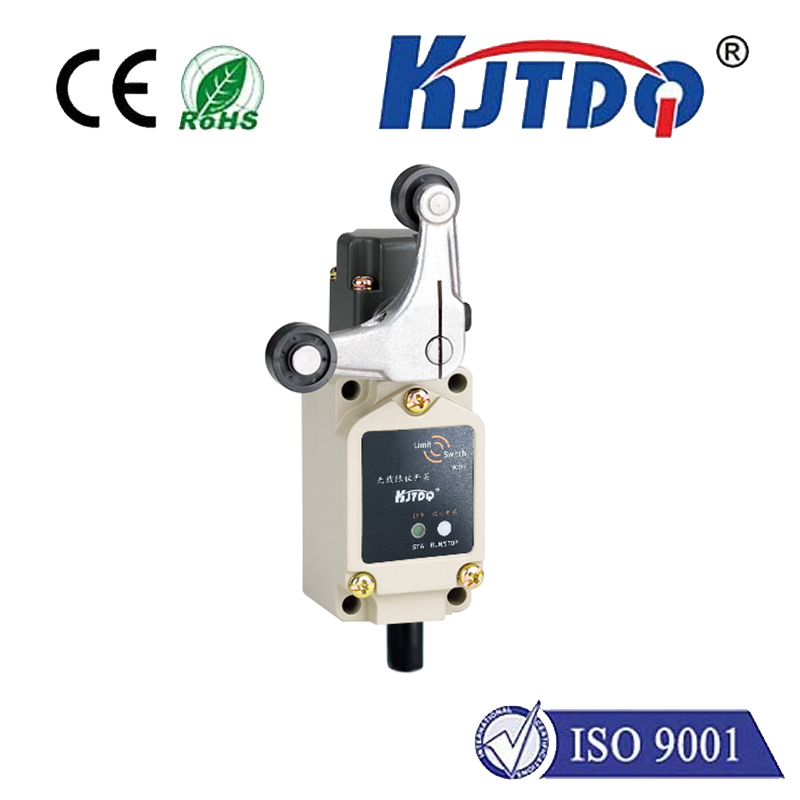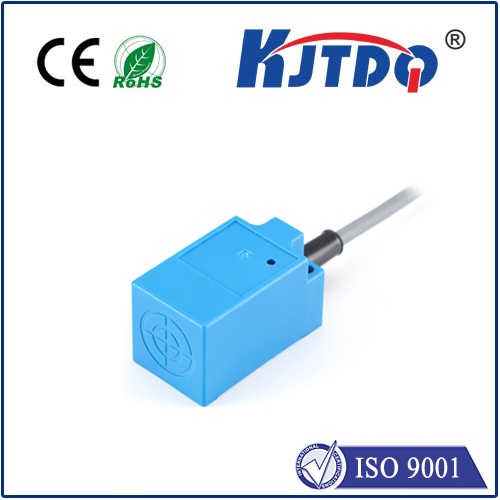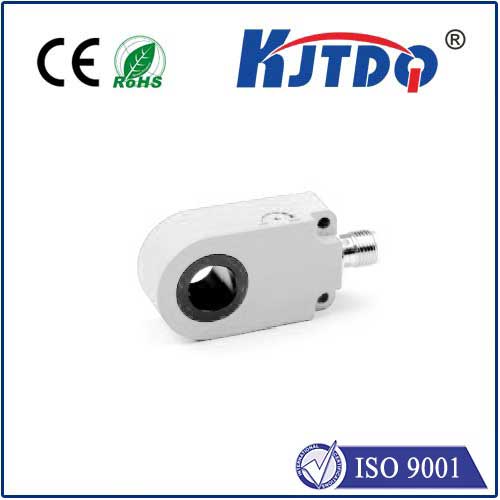small proximity sensor
- time:2025-07-01 15:10:38
- Нажмите:0
Small Proximity Sensors: Powering Precision in Compact Spaces
The Mighty Miniaturized Marvel: How Small Proximity Sensors Revolutionize Detection
Imagine designing a cutting-edge surgical robot where every millimeter counts, building a smartphone that intuitively knows when to turn off the display during a call, or creating an ultra-compact IoT device that monitors factory machinery. In each scenario, traditional sensors simply won’t fit. This is where the small proximity sensor truly shines. These remarkably diminutive devices, capable of detecting the presence, absence, or position of nearby objects without physical contact, are the unsung heroes enabling innovation in our increasingly miniaturized world. Their compact footprint belies exceptional functional capability, making them indispensable across diverse industries demanding precision packed into tight spaces.
The Essence of Non-Contact Detection
Fundamentally, proximity sensors operate by emitting an electromagnetic field, beam of light, or ultrasonic wave and detecting changes caused by the presence of a target object within their sensing range – all without needing to touch it. Key advantages include:
- No Wear and Tear: Eliminating physical contact significantly enhances sensor lifespan.
- High Reliability: Consistent performance unaffected by surface condition (dust, oil) within operational limits.
- Fast Response: Near-instantaneous detection speeds, critical for high-speed automation.
- Non-Destructive Sensing: Ideal for delicate or fragile objects.
Why “Small” Makes a Massive Difference?

The “small” in small proximity sensor isn’t just a descriptor; it’s a critical enabler. As devices shrink – from consumer electronics to medical implants and micro-automation systems – the sensors within them must follow suit. Compact size allows integration into locations previously inaccessible:
- Space-Constrained Electronics: Smartphones, tablets, wearables (e.g., auto sleep detection), laptops (e.g., lid close detection).
- Miniature Robotics: Surgical robots, collaborative robot arms (cobots), drones (collision avoidance, landing detection).
- Dense Industrial Automation: Multi-axis CNC machines, miniature assembly lines, tightly packed semiconductor manufacturing equipment.
- Intricate Medical Devices: Endoscopes, portable diagnostics, implantable device position feedback.
- Advanced Automotive Systems: Driver monitoring systems (seat occupancy, head position), compact actuator feedback.
Exploring Common Types of Compact Proximity Sensors
Several technologies excel in miniaturization, each suited to specific needs:
- Inductive Proximity Sensors: Detect metallic objects only, typically ferrous metals like steel and iron. They generate an electromagnetic field disrupted by the target.
- Key Strengths: Highly reliable, resistant to dirt/dust/oil/water (often IP67+ rated), robust, excellent for harsh industrial environments. Common in: Machine tooling, factory automation, vehicle manufacturing.
- Small Focus: Miniature inductive sensors (e.g., M5, M8 cylindrical formats) fit into incredibly tight machine spaces.
- Capacitive Proximity Sensors: Detect almost any object (metal, plastic, wood, liquids, powders) by measuring changes in capacitance caused by the target entering their electrostatic field.
- Key Strengths: Material versatility, can sense through non-metallic walls (e.g., plastic tanks), detect fill levels of liquids or granular materials.
- Small Focus: Ultra-compact capacitive sensors enable tasks like detecting label presence on small plastic bottles or sensing liquid levels in tiny reservoirs within medical devices.
- Optical Proximity Sensors: Rely on modulated infrared (IR) light or laser beams, detecting the presence or absence of a target by its reflection (reflective type) or interruption of the beam (through-beam type).
- *Key Strengths:** Longer sensing ranges possible compared to inductive/capacitive, high precision, fast response times.
- Small Focus: Miniature IR LEDs and photodiodes enable tiny optical sensors vital in consumer electronics (phone display dimming), object detection in compact printers, and position sensing in small robots.
- Magnetic Proximity Sensors (Reed Switches / Hall Effect): Detect the presence of a magnetic field, usually generated by a permanent magnet mounted on the target.
- Key Strengths: Extremely low power consumption (Hall Effect), simple operation, reliable for position detection.
- Small Focus: Tiny Hall Effect sensors are pervasive in miniature position sensing (e.g., laptop lid open/close), ultra-low power IoT devices, and fuel tank level sensors.
| Small Proximity Sensor Comparison Guide |
| Sensor Type |
| —————– |
| Inductive |
| Capacitive |
| Optical (IR/Laser) |
| Magnetic (Hall Effect) |
Selecting the Right Small Proximity Sensor: Key Considerations
Choosing the optimal miniature sensor hinges on asking the right questions:
- Target Material: Is it metal? Plastic? Liquid? This quickly narrows down inductive vs. capacitive vs. optical.
- Required Sensing Range: How far away does the sensor need to detect? Capacitive and inductive sensors typically have shorter ranges (
- Operating Environment: Will it face dust, water, oil, cutting fluids, or extreme temperatures? Industrial settings demand robust housings and high IP ratings (e.g., IP67, IP69K), while electronics need EMC immunity.
- Electrical Specifications: Required operating voltage (e.g., 3.3V, 5V, 12-24V DC), output type (PNP/NPN transistor, NAMUR, analog), and current consumption.
- Physical Size Constraints: Precisely how much space is available? Measure carefully for length, diameter, and mounting style.
- Response Time and Switching Frequency: How quickly must the sensor react? How fast will objects pass by? Critical for high-speed applications.
- Cost: Balancing performance needs with budget.
The Ever-Expanding Horizon: Future Applications
The demand for smaller, smarter, and more efficient sensors shows no sign of slowing. We foresee continued advancements driving new frontiers:
- Enhanced Integration: Combining multiple sensing functions (proximity + temperature, proximity + ambient light) onto single, even smaller chips.
- IoT Proliferation: Ultra-low-power miniature sensors enabling pervasive monitoring in smart homes, buildings, infrastructure, and wearables.
- AI-Driven Sensing: Proximity sensors feeding data into edge AI systems for predictive maintenance and adaptive control.
- Medical Micro-Devices: Enabling minimally invasive procedures and sophisticated implantable diagnostics with feedback loops.
Harnessing the Power of Miniaturization
Small proximity sensors are far more than just scaled-down versions of their larger counterparts. They are specialized components overcoming unique challenges inherent to compact designs. From the smartphone in your pocket to the robotic arm building your next car or the endoscope saving a life, these tiny workhorses deliver critical non-contact detection. By carefully considering the target material, environmental challenges, size constraints, and electrical needs, engineers leverage the unique







